updated april 11
In order to charge your phone while using it outside during hiking or cycling, you can use any source that can deliver 5V at 500mA.
Here a description of how to use normal standard batteries. .
The voltage from a zink or modern alkaline battery is 1.5V, so 4 batteries plus a circuit to regulate the voltage to a stable 5V will do the job.
I used 4 pcs. normal D-size batteries and a plastic pipe, so it is easy to change the batteries out in the field if needed.
The pipe has a 5V regulator and an USB connector, and acts as a universal USB-charger.
The picture shows how I used my Nokia C6-01 phone on a bicycle-holiday. The batteries had power enough for 5 days, to have the phone
the whole day on gps and Sportstracker and the phone was also used to take a lot of pictures and to connect to Facebook occasionaly.


This power source pipe was originally built for using an iPhone4 during a long bus-trip from Copenhagen to a ski-resort in the Alps.
If a Nokia phone was used during this trip, you could just take some spare batteries with you, but an iPhone doesnt have a removable battery so here an external usb power source was needed.
To regulate the voltage to 5V, I used a MIC29152BU lowdrop regulator from an old Nokia FPS-8 flashbox.
This fantastic chip can deliver a regulated 5V until the batteries are very much depleted, because the dropout voltage (minimum voltage difference between in- and output to maintain a regulated output voltage) is as low as 0.15V.
The output voltage is adjustable; I used R1=10k and R2=3k3 for 5V output.
It is even easier when you use a version of this chip with fixed voltage, like the MIC29150-5.0 or MIC29151-5.0
For some phones and gadgets with USB-charging capabilities, like older iPhones and iPods, the 2 datapins of the USB connector have to be biased to some fixed voltages, otherwise the phone doesn´t want to charge.
The
official Apple standard is like this:
For 0.5A charge, use 75k to 5V and 49.9k to gnd; separate sets of resistors for both D-pins (2.0V),
For 1A charge, use 43.2k to 5V and 49.9k to gnd at D- (2.7V) / 75k to 5V and 49.9k to gnd at D+ pin (2.0V).
For this I used a voltage divider of 24k to gnd and 33k to +5V, and that gives 2V and works fine.
Otherwise you should use the
official USB charging standard: just connect D- and D+ together but leave floating (no resistors).
I mounted a switch so both the Apple standard and Official standard are supported, and all the phones I tried were charging fine in both positions.
chip side (the printed circuit boards are sawed out of other equipment), and resistor side (note the black wire to the other end of the pipe):
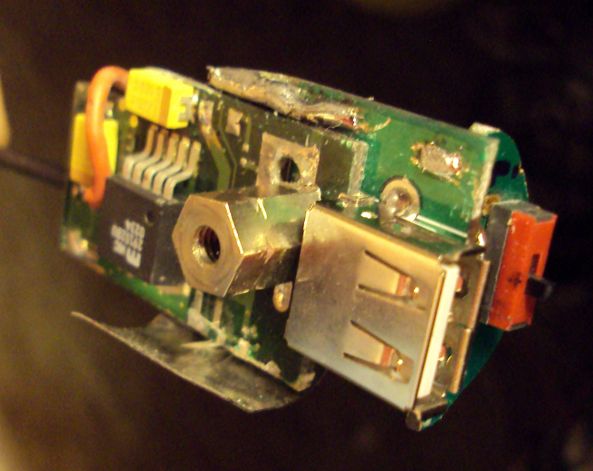
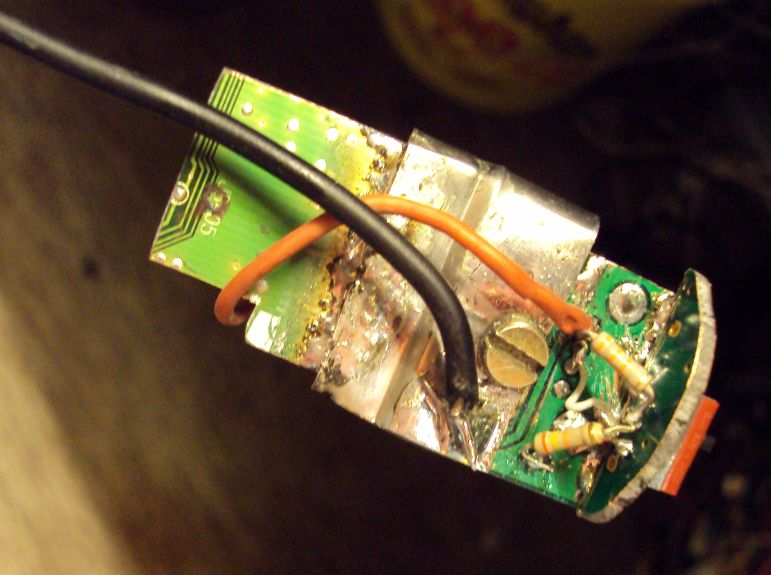
positive bar (the screws on the outside should be covered with gaffa tape), and negative connection (made of tin can):
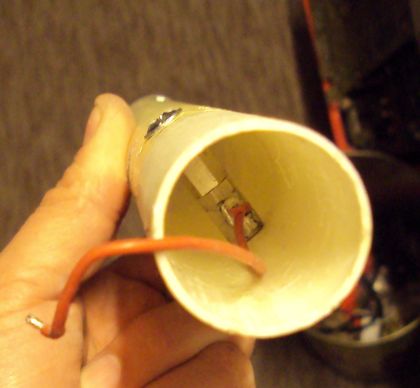
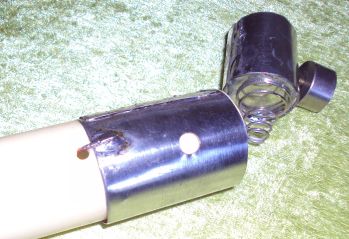
schematic:

The whole circuit takes approx 0.5mA when nothing is connected to the USB connector, so when I dont use the powersource for a long time, I use a piece of
cardboard between the last battery and the spring to avoid the batteries from being drained slowly over time.
MIC2915x datasheet pdf:
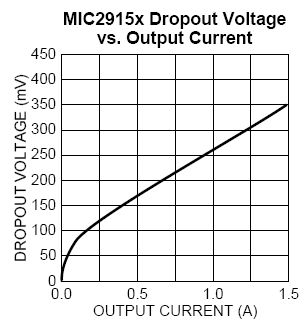
For some phones, you can also use the little 2mm "dynamo-plug" for charging with the USB pipe.
I used that for my C6-01, and just soldered a cable with a dynamo plug to a cable with an USB plug.

The dynamo plug also suppports 5V, and is really universal for all Nokia phones, BUT :
...!danger!...the "dynamo" standard specifies that the current limiting should be done in the charger supply, and doesnt support more than 950mA charging current.
The regulator I used has a limiting current of 1.5A, so you have to know on beforehand if your phone can cope with that....
For cheaper phones it is best to use a 0.5A limiting current or sufficient resistance in the cable, if you use the dynamo plug.
(you could also just buy some stuff from
Nokia accessories )








